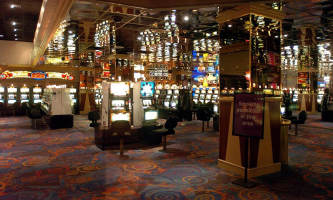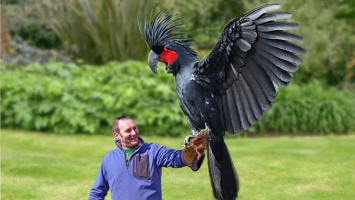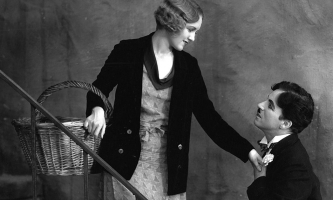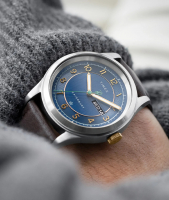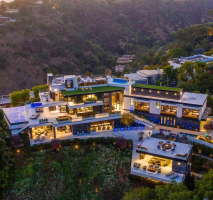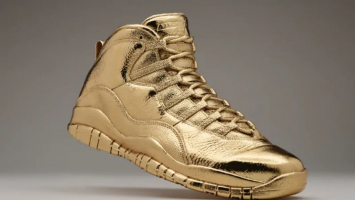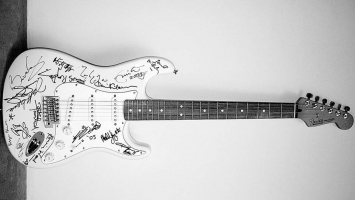Top 10 Most Expensive Things
When it comes to the world's most expensive items, it's safe to assume that the majority of them are unique and hard to come by. Most importantly, only the ... read more...ultra-rich can afford to own most of these, not me or you. Spending exorbitant sums on the most costly items may also appear silly. When you have a lot of money, though, you'll want to get your hands on the most expensive items that are also the most beautiful. The following is a list of the world's 10 most expensive items, along with their prices.
-
The Card Players is a series of oil paintings by Paul Cezanne, a French Post-Impressionist painter. There are five works in the series, all painted during Cezanne's final era in the early 1890s. The game's size, number of players, and setting all differ between versions. In preparation for The Card Players series, Cezanne made various drawings and studies.
In 2011, the Royal Family of Qatar purchased one version of The Card Players for $250 million ($287.6 million today), setting a new record for the highest ever price paid for a painting, which was not surpassed until November 2017.
Local farmhands served as models for the works, some of whom worked on the Cézanne family estate, the Jas de Bouffan. The men gaze down at their cards rather than at each other in each scenario, with the cards possibly being their only form of communication outside of work. The scenes were regarded as "human still life" by one critic, while another thought that the men's intense focus on their game mirrored the painter's devotion in his work.
Cost: 275 million USD
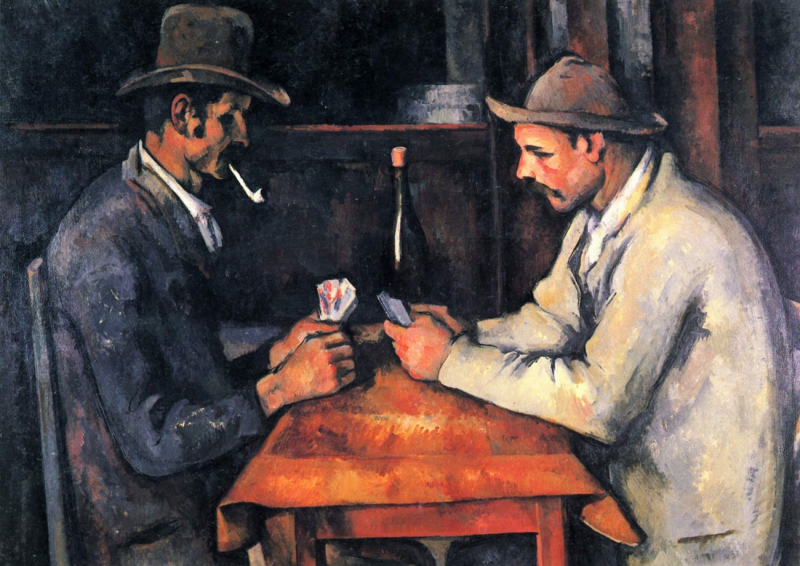
Photo:vanityfair.com 
Photo: edition.cnn.com -
Pablo Picasso's painting Garçon à la Pipe is an oil on canvas. It was painted in 1905, when Picasso was 24 years old and living in the Montmartre neighborhood of Paris, during his Rose Period. The picture represents a young Parisian boy with a pipe in his left hand and a flower garland on his head, which is flanked by two floral decorations. The subject was a small boy from the neighborhood named "P'tit Louis." The picture is considered one of the most valuable paintings, having sold for $104 million at a Sotheby's auction on May 5, 2004. It is currently Picasso's fifth most popular painting.
Several studies for the current painting show the same youngster in a variety of positions, including standing, sitting, and leaning against the wall. The artist also tried up other ways for the model to interact with the pipe, such as lighting it or simply holding it. Picasso chose to proceed with the youngster sitting down after multiple repositionings and, believing that he had sufficiently studied his topic, completed the work without the model.
Cost: 104 million USD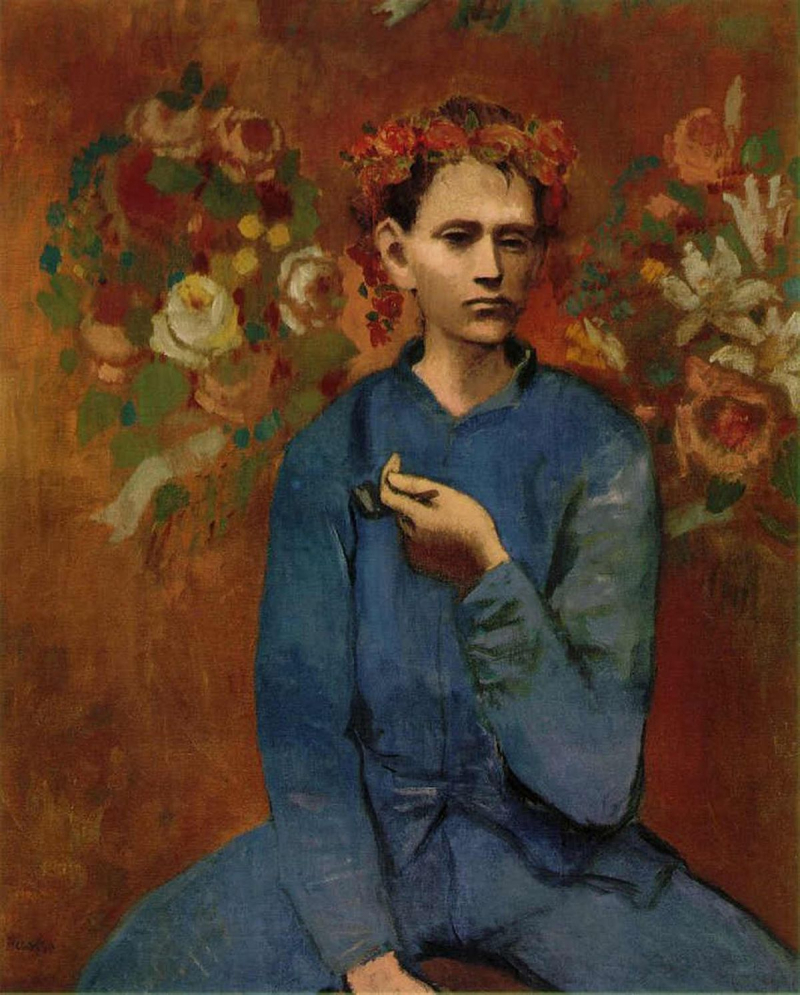
Photo: en.wikipedia.org 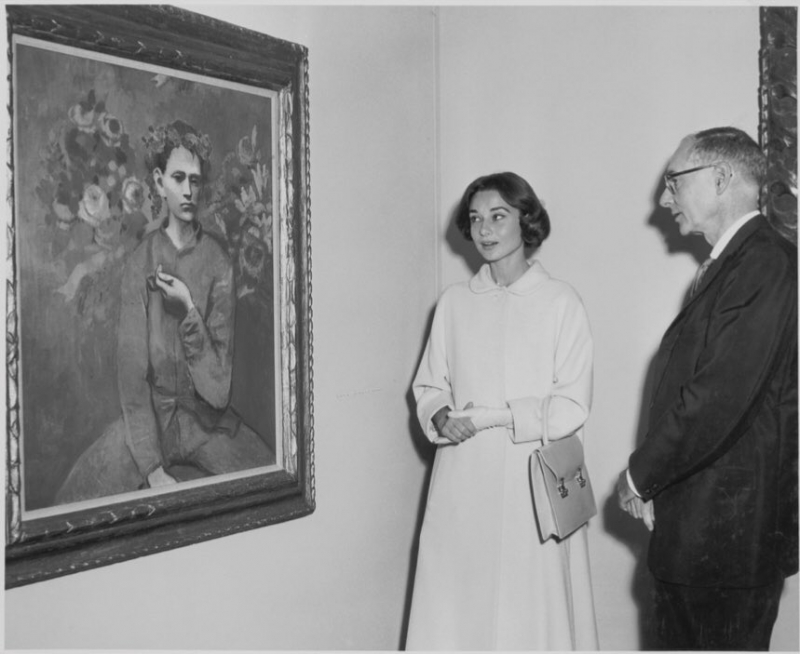
Photo: twitter.com -
A 1963 Ferrari 250 GTO sold for $70 million, shattering other recent purchases of the iconic race car and setting a new record for the highest known sale of any vehicle, recent or classic.
According to Bloomberg, this was purchased from Paul Pappalardo, a creative patent attorney, in a private deal by an unidentified buyer. It is the most expensive automobile in history. This particular GTO, driven by Jean Guichet, won the 1963 Tour de France road race, out of a total of 39 GTOs produced.
With a private sale last year exceeding $50 million, Ferrari 250 GTOs already held the record for the highest prices paid for any car. A 1963 model sold for more than $38 million at a Bonhams auction held at the Quail Lodge during Monterey Car Week in August 2014. It was the highest price ever paid at a collectible car auction.
Cost: 52 Million USD
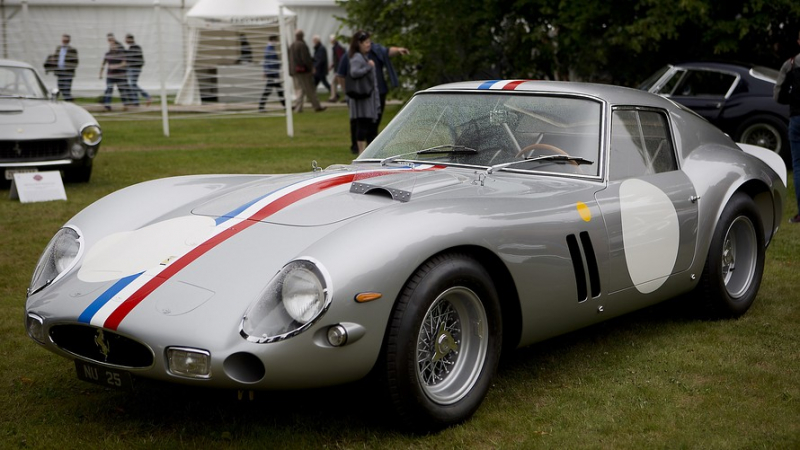
Photo: marketwatch.com 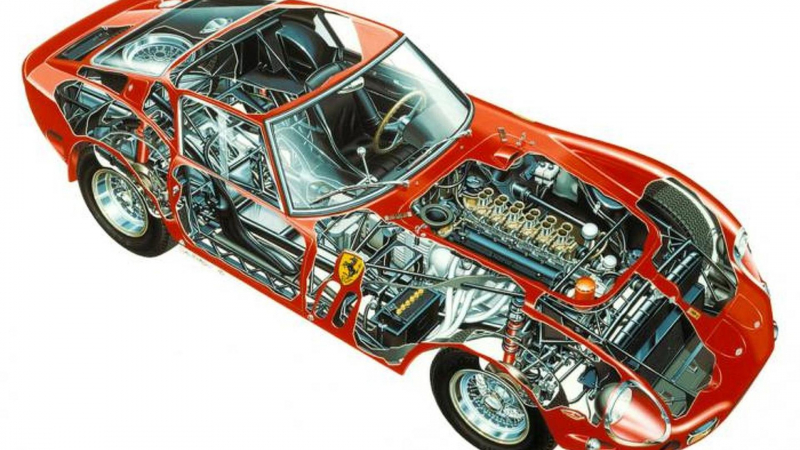
Photo: motor1.com -
When it comes to high-end jewelry and timepieces, Chopard is usually always the first brand that springs to mind. Chopard was able to combine the two to create the 201 Carat Watch, which is as stunning at first glance as it is magnificent upon closer scrutiny. We'll go over it.
With a price tag of $25 million when it was released in 2000, the 201 Carat was the most expensive watch ever made. It was thanks to the presence of 874 unique stones in a single piece, all of which had exceptional clarity and cuts and were set in a yellow and white gold mixture. This watch is a gorgeous, if rather perplexing, masterwork with a total of 201 carats, hence the not-so-original name.
Chopard is known for producing timepieces that are superior to the competition. Every timepiece in the company's line is not only of exceptional quality, but it also has a distinctive design that sets it apart from others. This is especially true of Chopard's 201-carat watch, a glittering accessory released in 2000 that redefines luxury.
Cost: 25 million USD
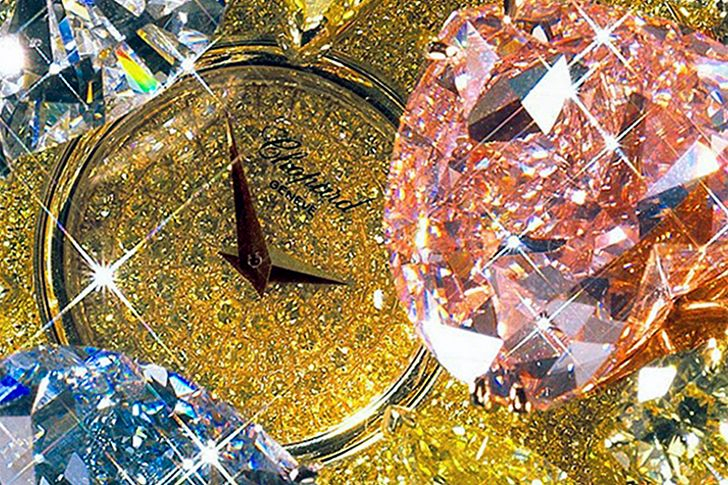
Photo: freetomall.ga 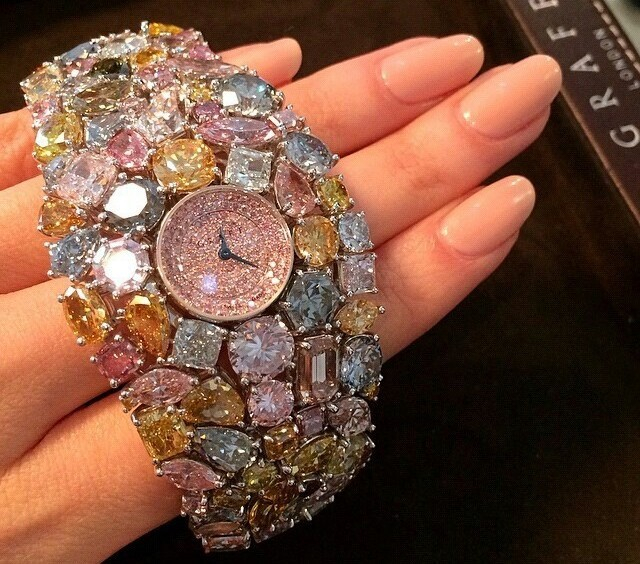
Photo: autoevolution.com -
Pink diamond is a type of diamond that has pink color. The source of their pink color is greatly debated in the gemological world but it is most commonly attributed to enormous additional pressure that these diamonds undergo during their formation.
Christie's Hong Kong sale will be led by The Perfect Pink, an exceedingly rare 14.23 carat fancy intense pink diamond. Only 18 diamonds over 10 carats with a distinct pure pink color have appeared for sale in over 244 years of auction history, and none of them were graded a fancy intense pink at the time, putting this exceptional gem in a class all its own. It's expected to make between $14 and $19 million. It is the most valuable jewel in the Asian subcontinent, according to Vickie Sek, director of Christie's Asia's jewelry department.
Cost: 23 million USD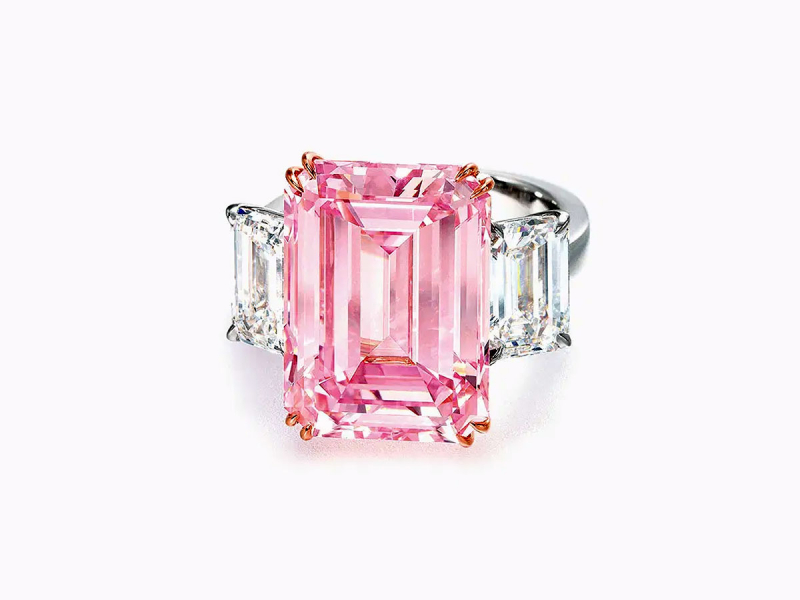
Photo: thetealmango.com -
The most expensive bracelet in the world is a diamond panther bracelet. This piece of jewelry sparked a romance between Edward VIII and Wallace Simpson, the original socialite and queen of style.
In 1952, Cartier designed this bracelet in Paris. Pavé-set brilliant and single-cut diamonds and calibré-cut onyx adorn the elegantly carved body. A marquise-shaped emerald is meticulously placed in each eye. It's 195 mm long but seems like it's only 165 mm long. In American terms, that means it's 6.5 inches long and would be ideal for me. Be still, my beating heart.
Aside from the exquisite panther's sensuous contours and green eyes, the bracelet's wide articulation is the piece's most notable feature. The panther is jointed all the way around to allow the bracelet to drape around the lucky wearer's wrist instead of remaining rigid like a bangle.
Edward, Duke of Windsor and England's almost-King, did an excellent job of demonstrating his love for Wallis Simpson. Sure, abdicating the throne for her was no little matter. But it's the fact that he bought her some of the most incredible jewels the world has ever seen, most of it personally commissioned, that really impresses me. We'll just discuss one piece today: her Cartier panther bracelet, but there are several more stunning pieces on display.
Cost: 12.4 million USD
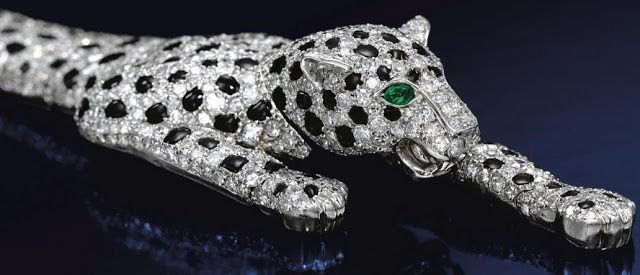
Photo: thetealmango.com 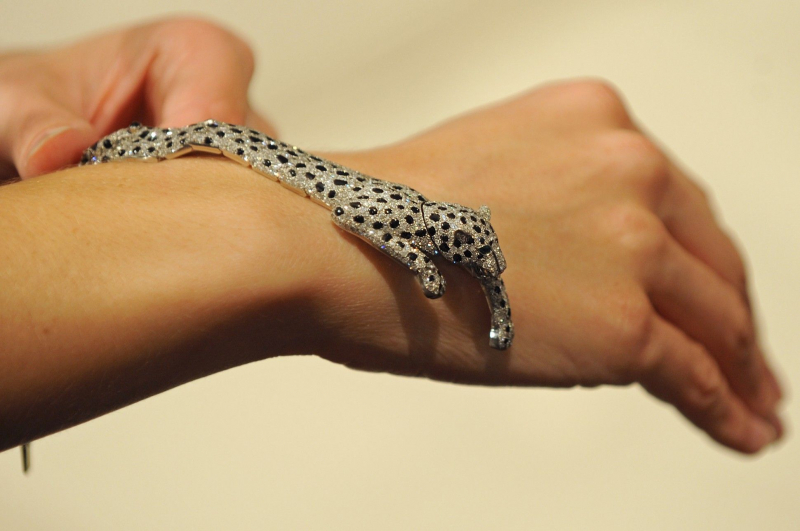
Photo: pinterest.com -
The most expensive yacht in the world, the History Supreme, is valued at $4.8 billion. Stuart Hughes, a world-famous UK-based luxury designer, took almost three years to create this yacht. This costly 100-foot sailboat was purchased for 4.5 billion dollars by a Malaysian businessman.
The inclusion of about 100,000 kg of precious metals such as genuine gold and platinum in the construction of this luxury liner accounts for the yacht's exorbitant price tag. It's 100 feet long, and the precious metals used in its construction can be seen everywhere. Real precious metals were used in the construction of the dining room, deck, and anchor. Almost the entire boat is made of precious metals, from the hull to the eating room, staircases, and other areas. This yacht's master bedroom, which is built of meteorite rock, is the center of attraction.
The yacht's base is covered in solid gold, and the wall feature is made of meteoric stone with a genuine T-REX raptor bone cut in. The main sleeping area, like many other rooms on this incredible yacht, has platinum accents.Cost: 4.5 billion USD
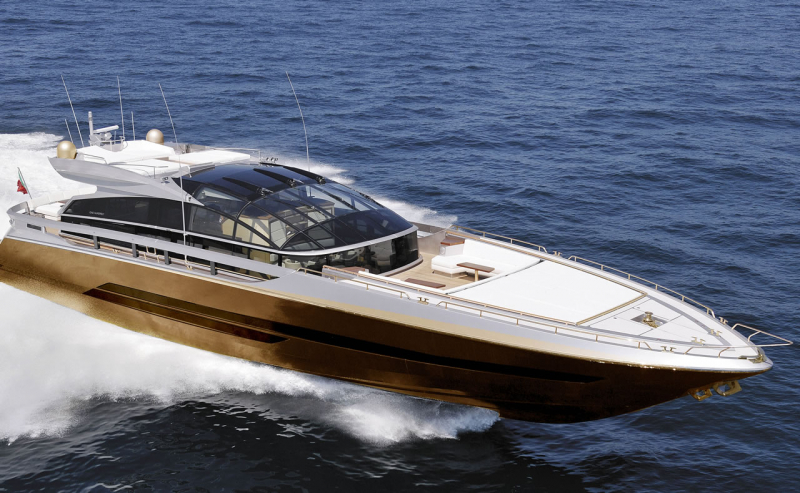
Photo: dulichduthuyen.com.vn 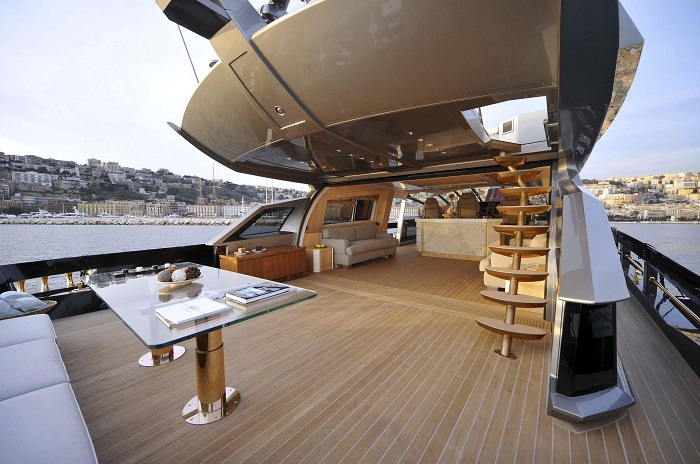
Photo: vov.vn -
Rhein II is the world's most valuable image. Andreas Gursky, a German visual artist, created this in 1999. This snapshot depicts a man's true affinity with nature. Gursky's artwork is characterized by its simplicity, which demonstrates a high level of confidence in its efficiency.
The Rhine II exemplifies Gursky's abstract tendencies in his work. Throughout his career, he has created images that are more formal and conceptually simple, bringing them closer to the abstract art tradition. Untitled I, 1993 is a close-up of a grey monochrome artwork that resembles an industrial carpet. The grid-like ceiling in Brasil, General Assembly I, 1994 resembles simple items. The Rhine II, like these prior pictures, focuses on textures; the contrasts between the river's dazzling gloss, the smeared softness of the clouds, the rich carpet of the verges, and the hard matte path give the image a sensual feel.
The Rhine, 1996, is a reworking of an older shot. The previous work features a more evenly grey sky and a slightly higher and flatter viewpoint. Both photographs have been "festooned with critic's invocations of Barnett Newman," according to Peter Galassi, Chief Curator of Photography at the Museum of Modern Art (Peter Galassi, 'Gursky's World,' Andreas Gursky, p.41). Newman (1905-1970) used vertical compositions with contrasting colored straight lines or zips disturbing the monochrome surface of his works (see Adam, 1951-2, Tate T01091). The photos in Gursky's series resemble horizontal versions of Newman paintings.
Cost: 4.3 million USD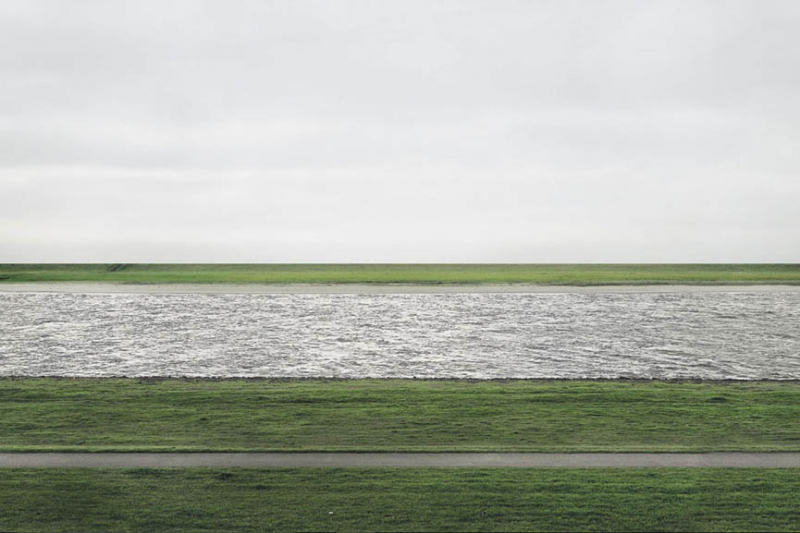
Photo: photographyatauction.com 
spruethmagers.com -
Antilia, a 27-story skyscraper-mansion in Mumbai owned by Asia's richest billionaire Mukesh Ambani, stands over 37,000 square meters (400,000 sq ft) and includes amenities such as three helipads, air traffic control, a 168-car garage, a ballroom, 9 high-speed elevators, a 50-seat theater, terrace gardens, swimming pool, spa, health center, a temple, and a snow room that spit
Antilia's architectural design is inspired by the lotus and the sun. The building's upper six stories have been designated as a private full-floor residential area. It's also built to withstand an earthquake of magnitude 8. It was the world's most expensive private mansion in 2014, costing between US$1 to 2 billion to construct.
The showy exhibition alarmed Indian inhabitants in its early days, and even after it was completed. It's easy to see why, given that more than half of the population lives on $2 a day and Antilia overlooks a congested slum. There are multiple suspended chandeliers in the parlor rooms, bedrooms, and bathrooms. The big ballroom, which has an 80 percent crystal chandelier ceiling and leads out to a large bar, green rooms, powder rooms, and an "entourage room" for security officers and assistants to relax, is also available.
Cost: 2 billion USD
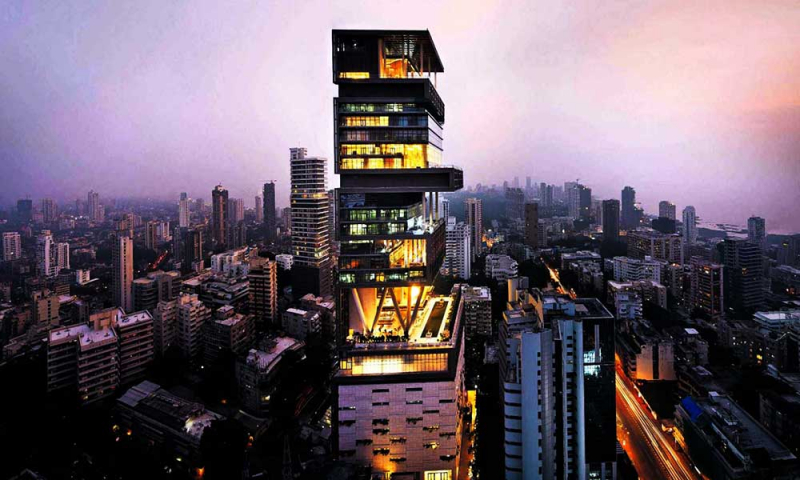
Photo: youngisthan.in 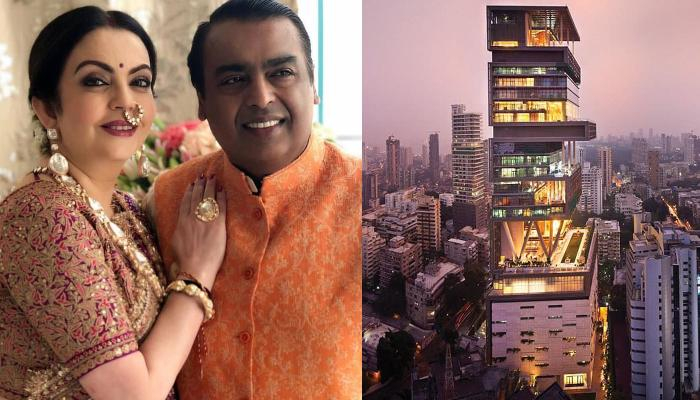
Photo: bollywoodshaadis.com -
Because Huia birds have been extinct for almost a century, their feathers are extremely valuable. It is the most valuable feather on the globe because it is the only known surviving specimen. The feathers from the huia's tail were highly treasured, and both men and women wore them in their hair or around their necks. Feathers were frequently housed in wakahuia, or beautifully carved boxes. In New Zealand, it was auctioned off and won by an anonymous buyer.
After the Duke of York was pictured wearing one during a 1901 visit to New Zealand, tail feathers became popular in the United Kingdom. A guide removed a huia tail feather from her hair and placed it in the band of the Duke's hat as a symbol of respect during a ceremonial Mori welcome in Rotorua. As a result, in both England and New Zealand, a new fashion trend was born. Tail feathers were quickly pushed down to £1, making each bird worth £12 (12 feathers per tail), and some feathers went for as much as £5. Huia beaks from females were also used as jewelry.
Huia feathers were given as marks of friendship and respect, similar to gems plucked from a regal crown. Tribes inhabiting the huia country of the North Island delivered the feathers as presents or exchanged them with other tribes for greenstone, sharks' teeth, and other treasures in a civilization without money.
Cost: 10,000 USD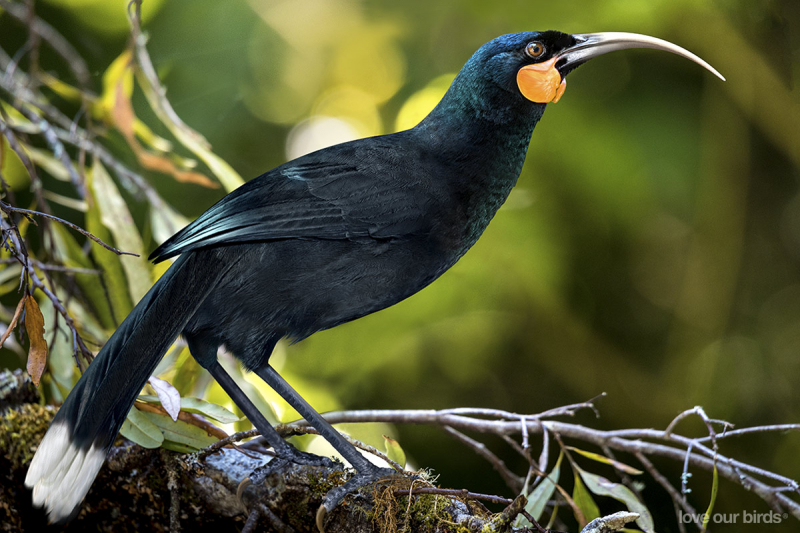
Photo:nzbirdsonline.org.nz 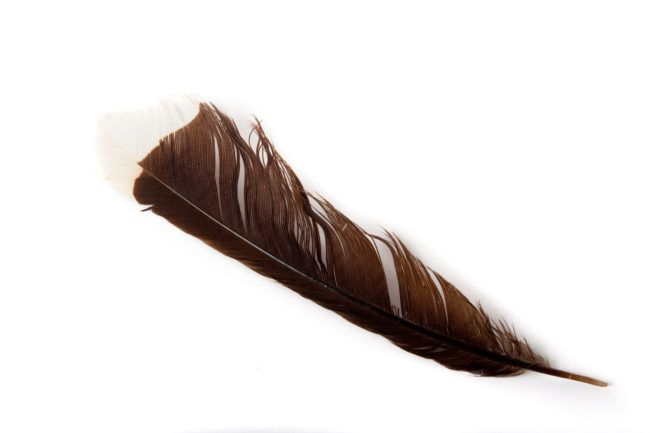
Photo: thetealmango.com












